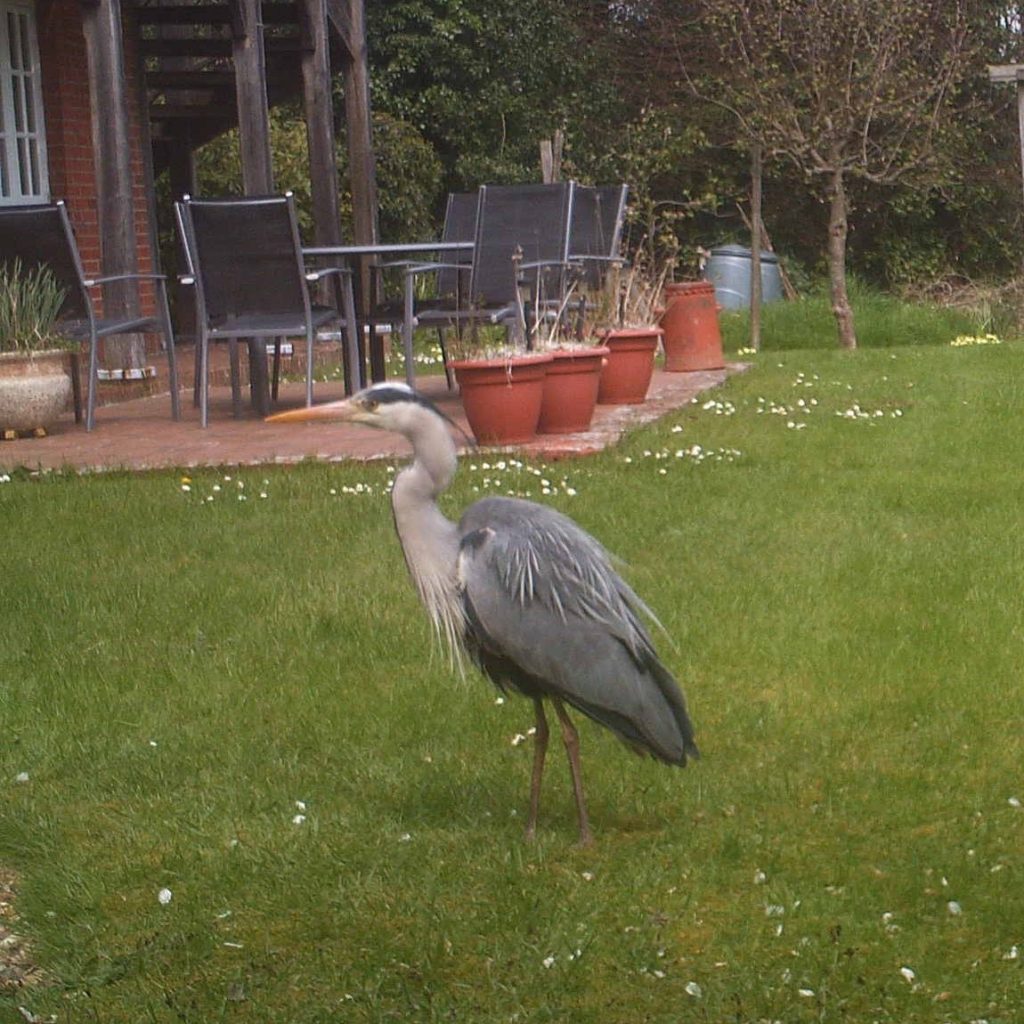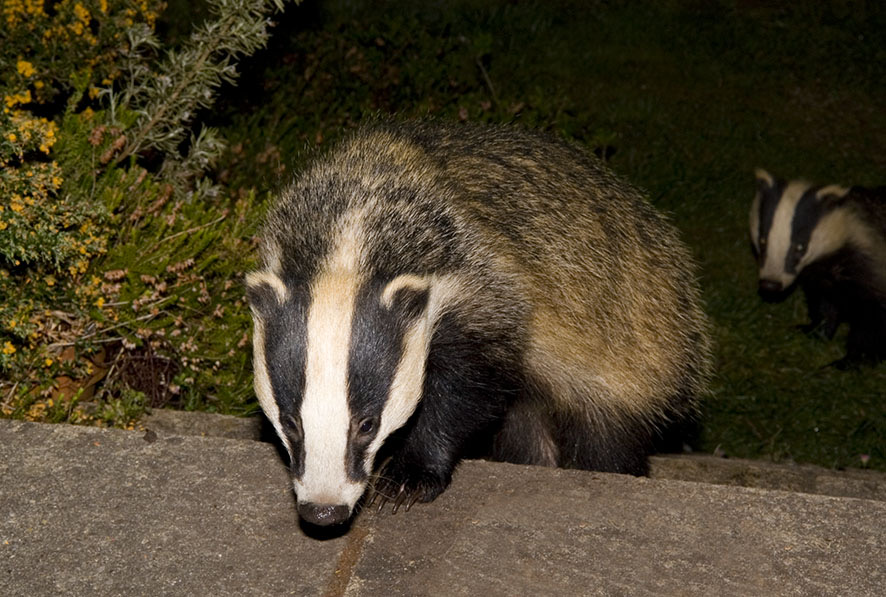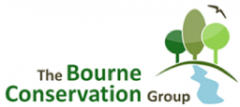This article was submitted to the Farnham Herald by the Farnham Biodiversity Group and published in the 28 October 2021 issue.

Each year the Town Council runs a ‘secret gardens’ competition in association with Farnham-in- Bloom, and one of the sections is ‘Wildlife Garden’. This year there were just eight entries in this section – a tiny number considering about a third of the town’s area consists of several thousand private gardens. Yet our gardens play an important, if little appreciated role, in conserving our biodiversity and in maintaining the quality of our environment. They help to reduce the Town’s ‘Heat Dome’ the degree to which our town centre is hotter than the surrounding countryside. It can amount to 2-3˚C – great in cold snowy weather but a serious problem in our summer heat waves. Trees and bushes muffle traffic noise and reduce air pollution. Soils in most gardens are permeable and reduce the impact of flash flooding, but do not eliminate it. Gardens provide safe areas for recreation and exercise. They help our town to be permeable to wildlife by forming green corridors along which species can disperse.
The plants we grow provide food and shelter for a multitude of species, mainly unobserved. Yet these species provide us with important ecological services that are free – pollinating our plants, recycling our organic wastes, maintaining the soil fertility and controlling many of the pests. These environmental services can be greatly enhanced with a minimum of effort using a range of techniques.
A classical 30-year study carried out in a relatively small suburban garden in Leicester identified over 2670 species of animals and plants. A study of garden lawns in Sheffield identified 159 different plants; some were very common (or garden) but others were of considerable conservation interest. In Farnham, 620 species of moth were identified in six years in a single garden, and the total number of moth species seen in the town is currently over 930. A Bourne Conservation Group bird survey identified 37 species.
In our gardens, an estimated two-thirds of the plants are alien, introduced from countries like China and South Africa. By planting these exotic plants for year-round colour, we are also supplying our pollinators with a longer season of resources. However, we need a mix of native plants that provide the nurseries for many insects – laying their eggs and feeding their larvae.
Maintaining balance ensures that this important one third of Farnham’s area can do its bit to help wildlife, environment and climate for future generations. The ‘tidiness’ of modern gardens is a relatively recent concept, parallel with the introduction of the lawn mower and other much- promoted gadgets. Cutting lawns and hedges less frequently provides protection and food for many species and can support their ecology – some species like red admiral butterflies are no longer migrating to Southern Europe in the autumn. If we are slower to sweep up the leaves, more are dragged underground by earthworms increasing the soil fertility and supporting more worms for the birds. ‘No Mow May’ is not a labour and cost-saving exercise but allows meadow plants to flower and provide a vital resource to boost the Town’s biodiversity.
Many people commendably strive to boost diversity in their gardens by putting up bird feeders and bee hotels or putting out other food. We must also think about where species will live. Many ‘common or garden species’, such as mistle thrushes and song thrushes, sparrows and swifts, have declined dramatically over the past decades. Monitoring these declines is providing the critical information needed if action is to be taken. Our modern buildings do not provide nesting sites for these charismatic birds but providing nest boxes and nest boxes can be simple and cheap, particularly within new builds.

Next time you go out in your garden, think of your ‘outdoor rooms’ as living space, not just for you, but for all the other species that live there, possibly unnoticed, and think what you can do to help them. Next year, may there be many more entries in the ‘Wildlife Garden’ category!
For more information on this or related subjects contact Farnham Biodiversity Partnership: contact@FarnhamBAP.org.uk , or via Facebook Farnham Biodiversity Partnership.
Photographs:
- Heron in garden caught on wildlife camera
- Badgers in garden
